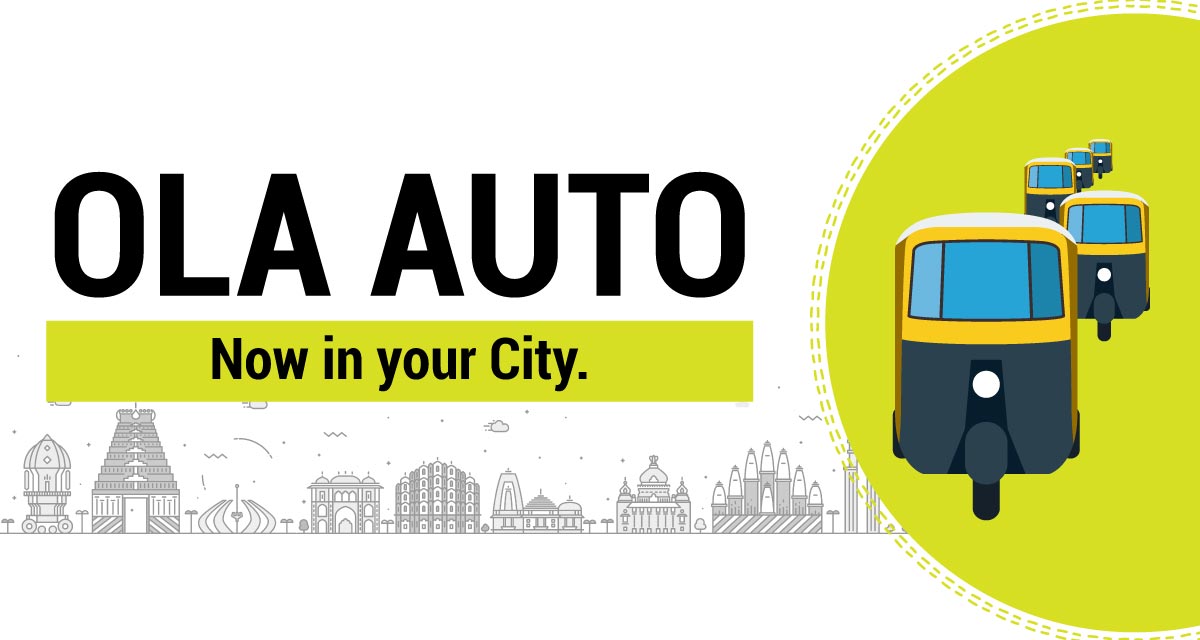At a time when cab aggregator companies are trying to lower their losses, Ola seems to have introduced a trump card to keep up with the increased burn rate and increasing competition.
Though the main selling point of cab aggregator companies include AC cabs, Ola has done great in making Auto-Rickshaws an integral part of business. After its introduction in September 2014, Ola Auto has spread over 70 cities and claims over 1,00,000 autos.
In a statment, Bhavish Aggarwal, CEO – Ola claimed that the auto service has turned profitable for the company and there seems to be no worthy competition right now. He also stated that the auto business accounts for 15% of its total revenue. According to him, Ola plans to expand to over 100 cities by 2018 with a fleet size of over 2,50,000 autos.
One of the main reasons behind Ola’s success with its auto segment is the fact that Autos are cheaper than the cabs provided on the platform. Ola Auto charges an average of ₹7.5 which is lower as compared to ₹8.5 users have to pay for the cheapest cab option users have with Ola.
In a statement to ET, one of the senior executives of Ola stated that there is already a large pool of Autos across the country and that has enabled the company to expand rapidly. Also, the earnings of Auto drivers is lesser than that of cab drivers and that makes them stick to the platform for continued extra earning. He also mentioned that at the time when Cabs are higher in demand and lower in supplies, Auto Rickshaws work as a buffer and provided the much needed support.
Uber had ventured into the Auto segment right after Ola, however, it had given up after a bit of time. Some smaller players like Jugnoo are currently working in tier 2 cities, however, on a pan India level, Ola at least does not see a competition in Auto Rickshaw segment.

